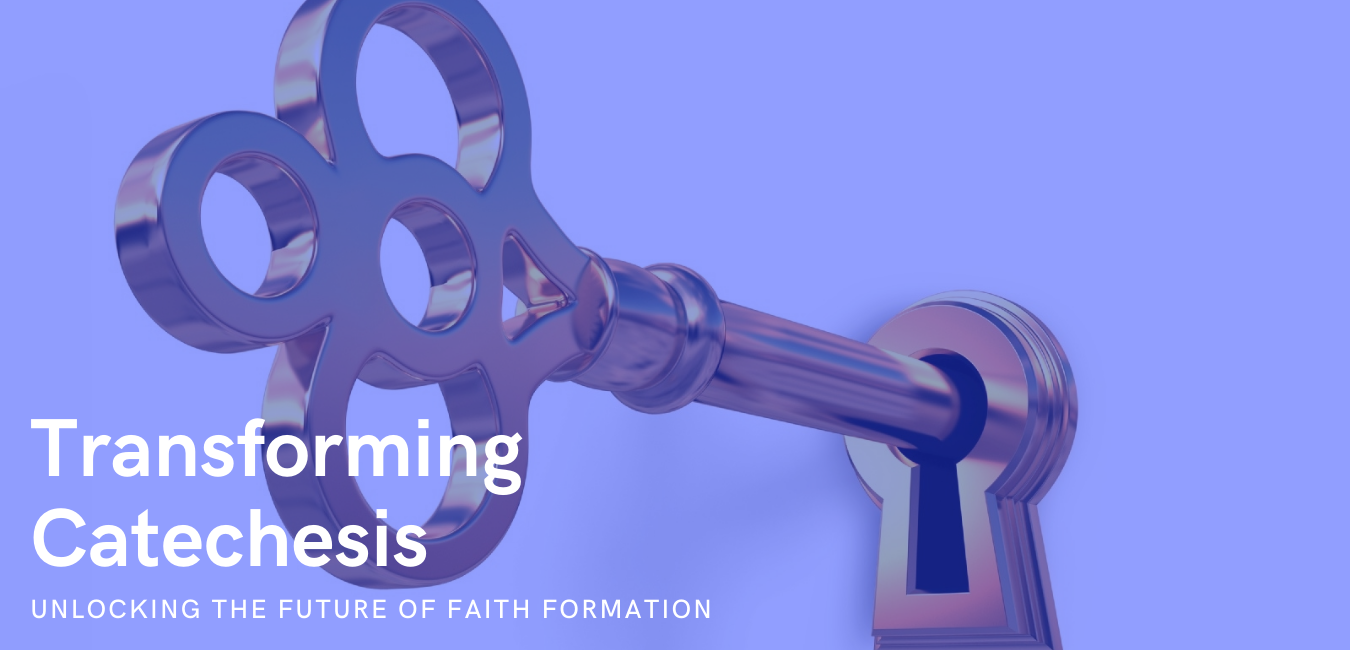 Besides using eBooks for personal leisure or learning, eBooks can be an effective way to enhance deeper learning for students. While there are eBooks published for every type of genre, most catechetical publishers today have made their religion textbooks available in digital format. This article offers best practices for catechists by showing how to use eBooks for catechesis.
Besides using eBooks for personal leisure or learning, eBooks can be an effective way to enhance deeper learning for students. While there are eBooks published for every type of genre, most catechetical publishers today have made their religion textbooks available in digital format. This article offers best practices for catechists by showing how to use eBooks for catechesis.
Multi-Modal
Catechists can use eBooks during instruction and also make them available to students for learning at-home. Using eBooks during instruction is the easiest it’s ever been. With the availability of current technology, catechists can easily create eBooks with specific content to be distributed to students a section at a time or as a complete compilation. Copyright laws, however, must be considered which limits copying information and compiling home-made resources. Therefore, for mainstream grade-level content, it is recommended to use commercially produced content. Many catechists teaching specialized content, such as youth ministry or sacrament preparation, feel that published resources for their groups do not contain all they would like to teach. These may be ideal areas for custom made eBooks.
Another approach for using eBooks is to encourage use outside of the classroom. There are many methods available to catechists such as blended learning (a combination of face-to-face instruction with in independent study) and flipped learning (review of content at home with application and activities during class). Students can use eBooks for pre-reading before class or review after class.
In class and outside use of eBooks are now a reasonable option as most mobile, tablet and laptop, and desktop computers offer access to eBooks and eBook reader software. Further, most students today (up to 80%) have access to one or more of these devices which can easily be brought to and accessed during class.
Advantages for Classroom Use
There are many advantages of eBook use during instruction during class. They are as follows:
Catechists and students can focus on a specific page, image, text, or question set on a projected page. This reduces the need to have students find a page in the text. It also eliminates the necessity for print in the classroom.
Attention is enhanced by looking at the teacher’s screen. Students will focus on what the catechist is showing versus turning pages in a book and becoming distracted by other material.
eBooks enable students to listen. Many students struggle with reading out loud during class. eBooks offer the catechist the ability to highlight material and initiate dialogue, which replaces the practice of taking turns reading with a more interactive approach to learning.
Recommendations
Just like anything new, it is imperative that both catechists and students become familiar with using eBooks technology. By investing a little time early on, you will ensure that you and your students will be able to use the eBook to its potential. Here are some recommendations for getting started with eBooks in your class.
Familiarize students with the basic of the device. During one of your first classes this year set aside a few minutes to have students bring their devices and show them how to access their eBooks. Make sure they know how to login (if eBooks will be accessed via the web). Have access information available and help them download the eBooks.
Familiarize students with the basics of the software. After accessing the eBook, make sure students can navigate the book on their reader. Review the table of contents, find chapters, locate specific page numbers, and turn pages. Also review bookmarking, annotating, and highlighting, if possible.
Final Thoughts
While you and many students may prefer printed texts for learning, eBooks offer the convenience of always having the text on their personal device. They allow the use of technology in the classroom for deeper learning versus simply showing an outline of topics to be addressed during class (usually on PowerPoint, Keynote or similar presentation software). Time will be saved by not preparing presentations and actually showing the content from the textbooks.
If you are hesitant to try your eBook during class try using them once a month or periodically until you are used to it. Once you are comfortable with the technology, you and your students will want to use eBooks for catechesis!

Be First to Comment